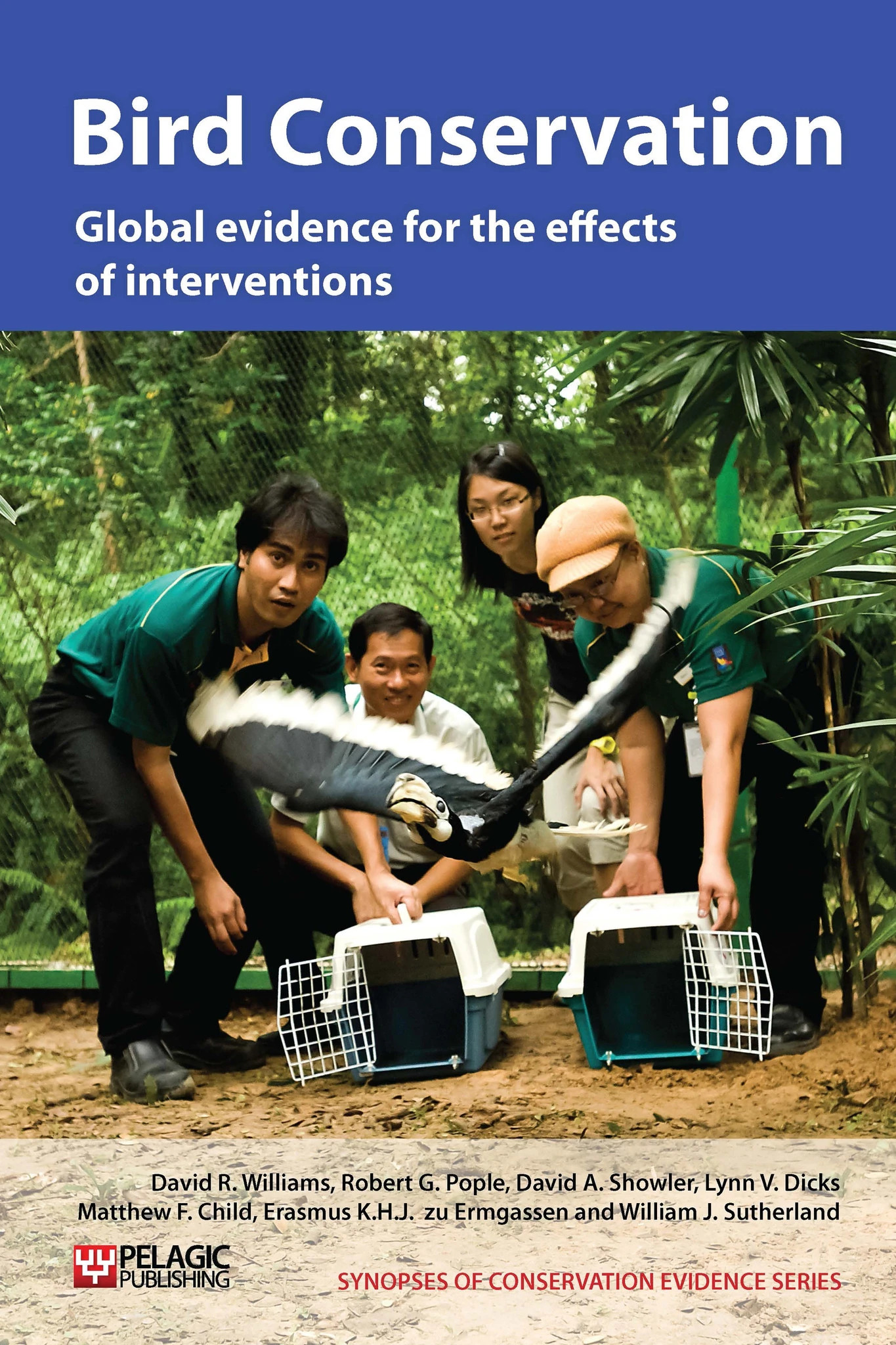Plough habitats
-
Overall effectiveness category Unknown effectiveness (limited evidence)
-
Number of studies: 4
View assessment score
Hide assessment score
How is the evidence assessed?
-
Effectiveness
25% -
Certainty
36% -
Harms
10%
Study locations
Supporting evidence from individual studies
A site comparison study in the Shetland Islands, Scotland (Grant 1992) found that areas of heath seeded with grass to improve them for livestock grazing were mostly avoided by nesting whimbrels Numenius phaeopus in favour of unimproved heathland. In 1986 and 1987, this study monitored whimbrels in five areas of heathland that had been partly seeded, four on the island of Fetlar, one on Unst. Of 111 nests, 89% were found in unseeded heathland. Most nests were on hummocks and amongst heather Calluna vulgaris. Seeding with grass after ploughing or harrowing resulted in the loss of hummocks and most heather, and created a predominantly grassy habitat. Surface-seeding, without ploughing or harrowing, created less marked changes, with hummocks and heather retained, although hummock height was lowered, and in some areas only dead or dying heather was present.
Study and other actions testedIn a study using the same Shetland Island heaths as Grant (1992), Grant et al. (1992) found no significant difference in chick survival between chicks that used areas of heathland re-seeded with grass and those that did not. Individually marked chicks were monitored after hatching in 20, 23, and 26 broods in 1986, 1987 and 1988 respectively. In each year 35-65% of all chicks remained on heathland, while others (usually broods over 12 days old, from nests within 200 m of the alternative habitat) moved into other habitats.
Study and other actions testedAt the same study sites as Grant (1992), Grant et al. (1992) found that areas of heath seeded with grass after ploughing or harrowing, and older pastures, were the main early spring feeding areas for at least 90% of whimbrel pairs in the study. Habitat use by individually marked whimbrels was monitored during the pre-laying period in spring 1987 and 1988, on five Shetland Island heathlands. The birds made little use of unimproved heathland (where most nest) or heathland areas seeded without ploughing/harrowing. The greatest quantities of prey species (earthworms, oligochaetes, and crane-fly larvae, tipulids) were found in the soil of ploughed or harrowed seeded areas of heath and older pastures, with more recently seeded areas holding the highest masses of crane-fly larvae.
Study and other actions testedA controlled study in 2003-2004 on mudflats and areas of Spartina alterniflora meadows in Willapa National Wildlife Refuge, Washington, USA (Patten & O\'Casey 2007), found that average densities of waders and wildfowl were significantly higher on areas of Spartina meadow that were ploughed, compared to untreated areas or areas completely sprayed with herbicide (see ‘Treat wetlands with herbicide’). Densities of some groups were 100 times those on the control areas, whilst some species found on the tilled meadows were never found on untreated Spartina. In addition, densities of unidentified Calidris spp. sandpipers, dowitchers Limnodromus spp. and waterfowl were significantly higher on tilled areas than on bare mud. The area was ploughed in winter-spring 2001, disked in winter 2002, and spot-treated with glyphosate during the summers of 2003 and 2004.
Study and other actions tested
Where has this evidence come from?
List of journals searched by synopsis
All the journals searched for all synopses
This Action forms part of the Action Synopsis:
Bird Conservation
Bird Conservation - Published 2013
Bird Synopsis





)_2023.JPG)














